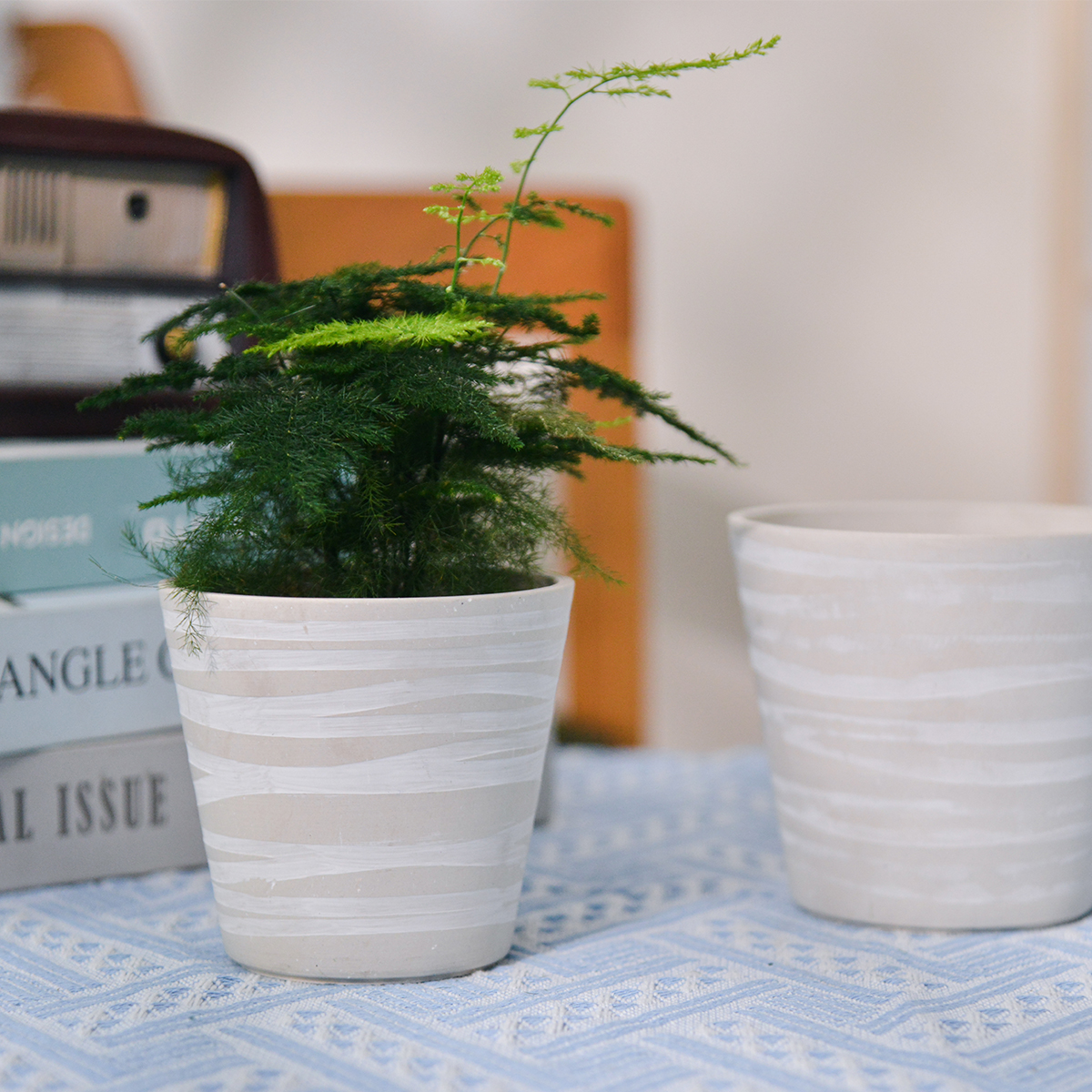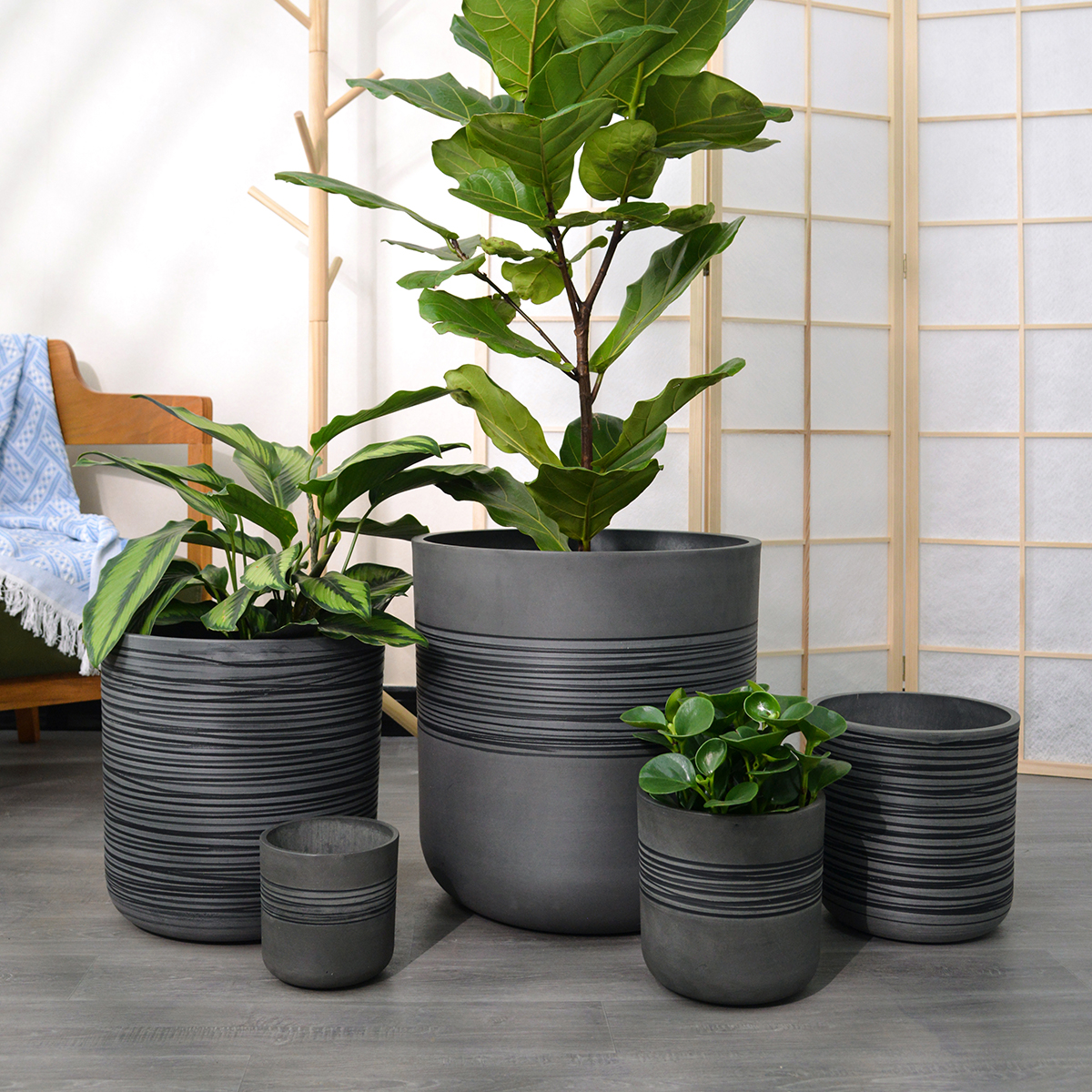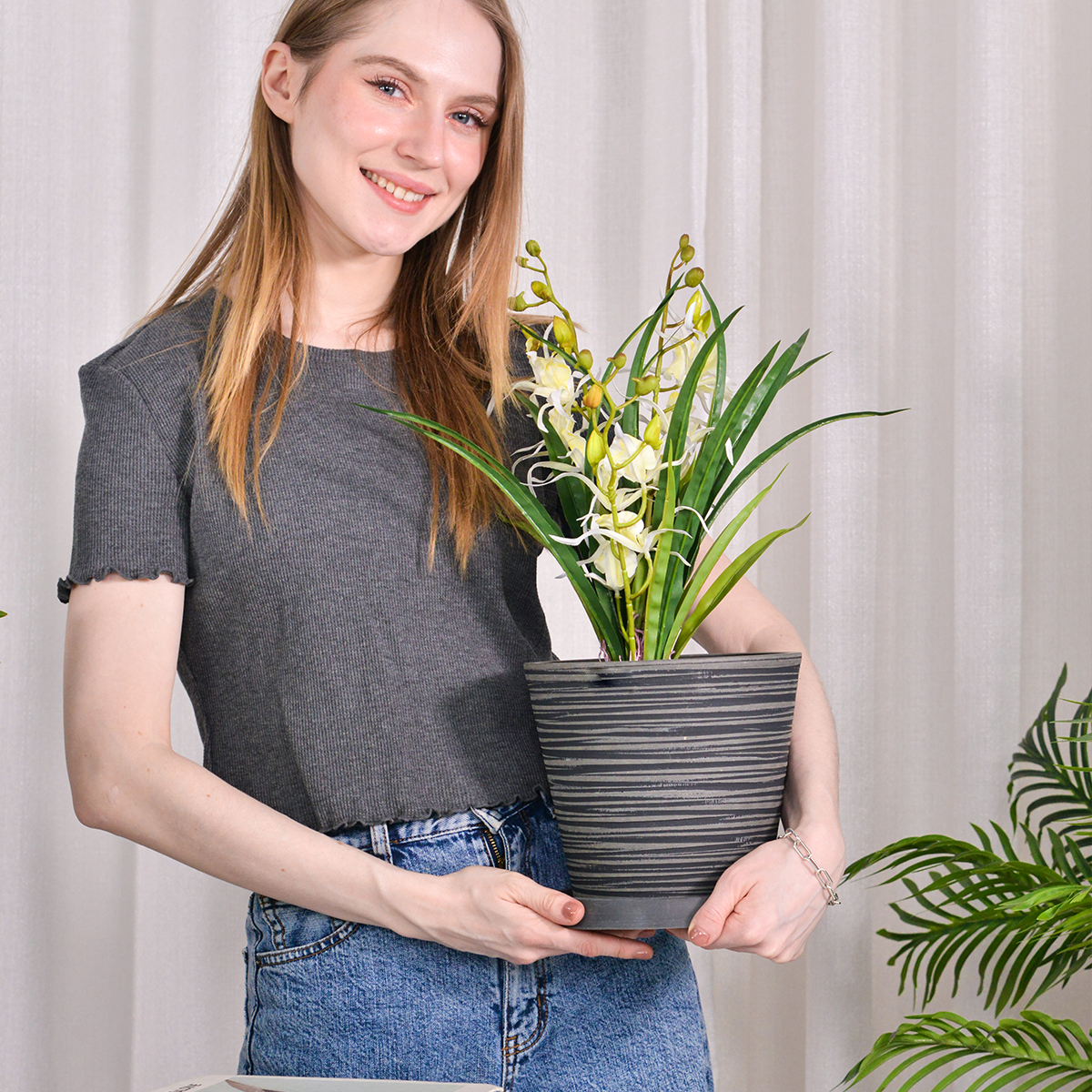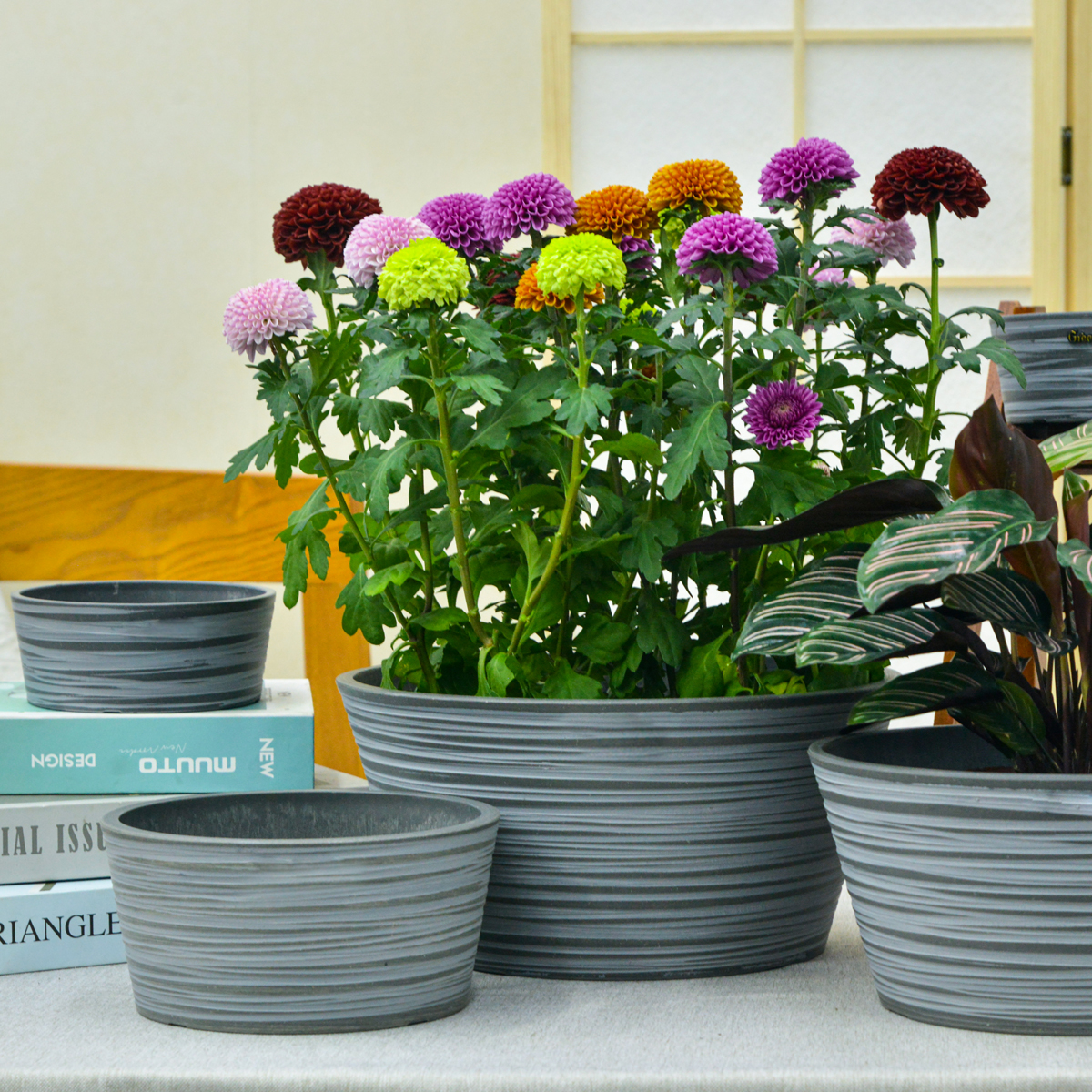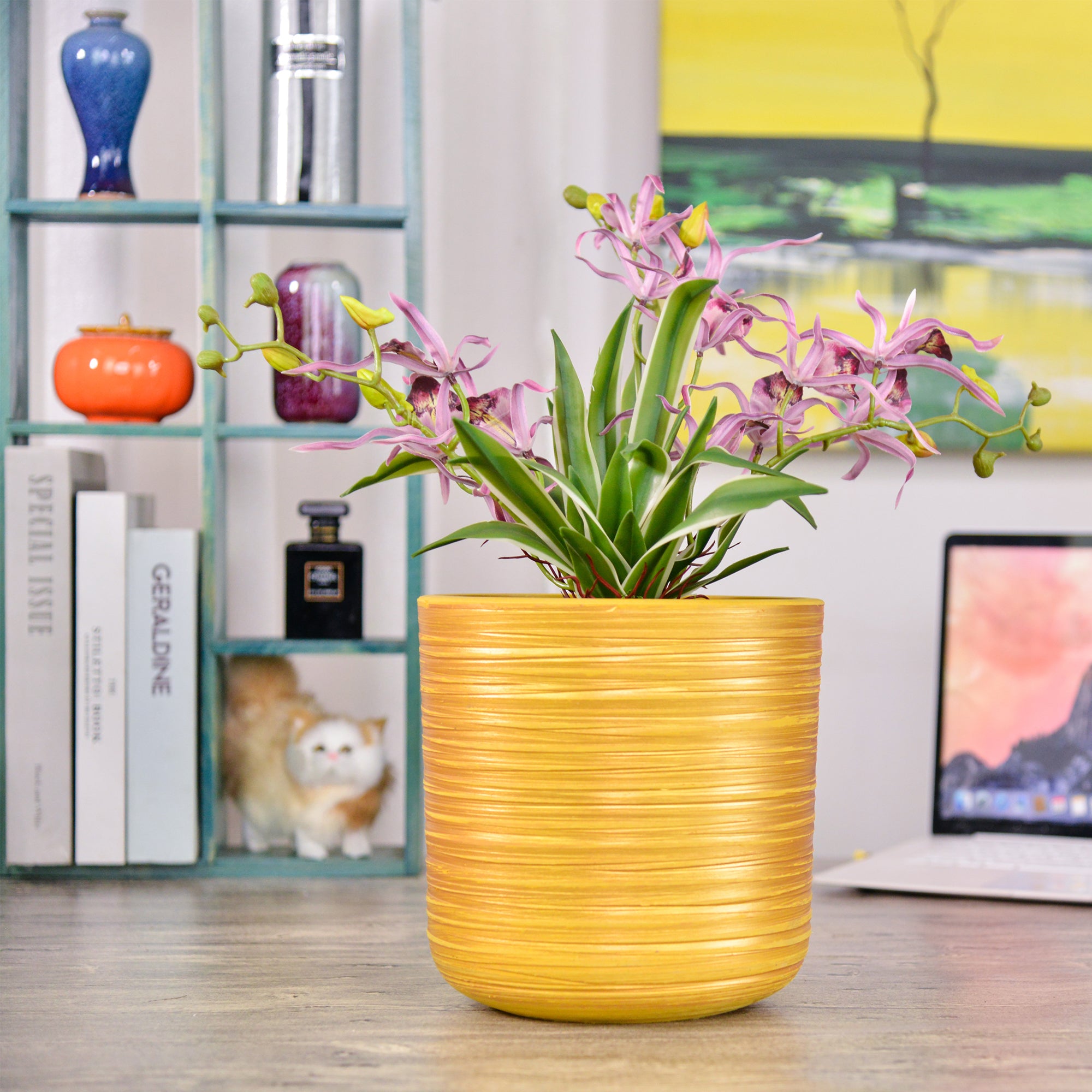Jade Plant Indoors: The Ultimate Guide to Growing a Thriving Money Tree at Home
Looking to cultivate a symbol of prosperity and good fortune right in your home? The Jade Plant, scientifically known as Crassula ovata, is a popular succulent often called the “money tree” or “friendship plant” and is believed to bring good luck and positive energy. This charming and low-maintenance succulent, native to South Africa and Mozambique, is prized for its fleshy, jade-green leaves, tree-like appearance, and easy-care nature. This comprehensive guide will provide you with everything you need to know to grow a Jade Plant indoors, from selecting the right varieties and pots to mastering essential care techniques for a thriving “money tree” in your home.
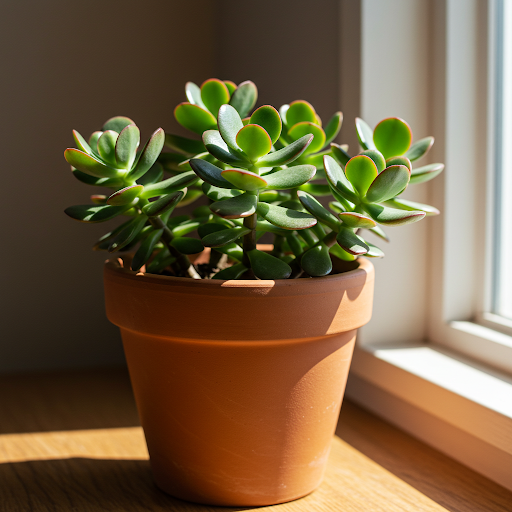
Jade Plant
Can Jade Plants Thrive Indoors?
Yes, Jade Plants thrive exceptionally well indoors and are among the easiest succulents to grow as houseplants. Their adaptability, drought tolerance, and attractive appearance make them perfect for beginners and experienced plant enthusiasts alike. Indoor conditions often mimic their native arid and semi-arid environments, making them perfectly happy to grow and flourish inside your home, often for many years.
Ideal Indoor Growing Conditions for Jade Plants:
- Jade Plant Varieties for Indoors: Crassula ovata is the primary species grown as the Jade Plant. Within this species, there are several cultivars that are well-suited for indoor cultivation, offering variations in leaf shape, color, and growth habit. Popular indoor Jade Plant varieties include:
- Crassula ovata (Classic Jade Plant): The standard, most common Jade Plant with oval, jade-green leaves.
- Crassula ovata ‘Variegata’ (Variegated Jade): Features leaves with creamy white or yellow variegation along the edges.
- Crassula ovata ‘Red Edge’ (Red Edge Jade): Develops red edges on its leaves, especially when exposed to cooler temperatures or more sunlight.
- Crassula ovata ‘Gollum’ (Fingers Jade or Trumpet Jade): Unique tubular, finger-like leaves with reddish tips.
- Crassula ovata ‘Hobbit’: Similar to ‘Gollum’ but with leaves that are more spoon-shaped and curled back.
- Crassula arborescens (Silver Dollar Jade or Silver Jade Plant): Rounder, silvery-blue leaves, slightly different leaf shape than ovata.
- Light: Jade Plants love bright light and need at least 4-6 hours of direct sunlight per day to thrive indoors. South-facing windows are ideal. They can tolerate some indirect light, but insufficient light will lead to weak, leggy growth, and the vibrant leaf colors may fade. Direct morning sun is generally beneficial, but protect them from intense afternoon sun, especially in hot climates, which can sometimes scorch leaves.
- Soil: Jade Plants need well-draining soil, which is absolutely crucial to prevent root rot. Use a cactus or succulent potting mix, which is specifically formulated for succulents and provides excellent drainage. You can also make your own mix by combining regular potting mix with perlite, coarse sand, or pumice to improve drainage significantly.
- Watering: Jade Plants are succulents and are very drought-tolerant. Overwatering is the biggest threat and can quickly lead to root rot. Water sparingly and deeply, only when the soil is completely dry. Allow the soil to dry out thoroughly between waterings. In fact, it’s better to underwater a Jade Plant than to overwater it. During the dormant period in fall and winter, water even less frequently.
- Temperature: Average room temperatures between 65°F to 75°F (18°C to 24°C) are ideal. Jade Plants are comfortable in typical household temperatures. They can tolerate slightly cooler temperatures, and even benefit from a slightly cooler period in the winter (down to about 50°F or 10°C) to encourage dormancy and potentially better color in some varieties. However, protect them from frost and freezing temperatures.
- Humidity: Jade Plants prefer dry air and do not need high humidity. Average household humidity is perfectly suitable. Avoid placing them in overly humid environments like bathrooms, unless they are very well-ventilated.
Planting Your Jade Plant Indoors:
- Starting from Cuttings or Potted Plants: Jade Plants are very easily propagated from stem or leaf cuttings, making them a cost-effective way to expand your collection. You can also purchase established Jade Plants from nurseries, garden centers, or online retailers.
- Propagation from Cuttings: Stem cuttings (a few inches long) or even individual leaves can be used for propagation. Allow cuttings to callus over (dry out at the cut end) for a few days before planting in well-draining potting mix. Leaf cuttings should also callus before placing on top of or slightly into the soil. Roots will develop within a few weeks.
- Planting Time: Jade Plants can be planted or repotted at any time of year indoors. Spring or early summer, at the start of the growing season, is generally recommended for optimal establishment and growth.
Choosing the Right Pots for Indoor Jade Plants:
- Suitable Pot Types: Select pots with excellent drainage and good stability. Terracotta pots are highly recommended for Jade Plants, as their porous nature allows for better aeration and drainage, and their weight provides stability for top-heavy plants as they mature. Unglazed ceramic pots are also a good option. Avoid plastic pots, as they retain more moisture and can increase the risk of overwatering, unless you are very careful with watering.
- Drainage: Drainage is absolutely critical for Jade Plants. Ensure your chosen pot has large drainage holes at the bottom. You can also add a layer of gravel or pot shards at the base of the pot to further improve drainage.
- Pot Size: Choose a pot that is only slightly larger than the root ball. Jade Plants prefer to be slightly root-bound and do not need large pots. Overpotting (using too large a pot) is a common mistake and can lead to excess moisture retention and root rot. When repotting, typically move up only slightly in pot size.
- Potting Mix: Use a cactus or succulent potting mix as described earlier.
Essential Care Tips for a Thriving Indoor Jade Plant (“Money Tree”):
- Watering Schedule: “Bone Dry Between Waterings”. Allow the soil to dry out completely between waterings. Water deeply when you do water, until water drains out of the drainage holes. Then, wait until the soil is bone drybefore watering again. This may be every 2-4 weeks, or even longer, depending on environmental conditions, pot type, and season. Err on the side of underwatering.
- Fertilizing: Minimal Feeding. Jade Plants are not heavy feeders and do not require frequent fertilization. Fertilize very sparingly, only 1-2 times per year, during the active growing season (spring or summer), with a balanced liquid fertilizer diluted to half or quarter strength, or a fertilizer specifically formulated for succulents and cacti. Over-fertilizing can lead to weak, leggy growth and salt buildup in the soil. Avoid fertilizing during the fall and winter dormant period.
- Light is Essential for Color and Growth: Provide bright, direct sunlight for best color and compact growth. Monitor for signs of sunburn (white or bleached spots) if exposed to very intense afternoon sun, and adjust location if needed. Rotate the pot occasionally to ensure even light exposure on all sides for even growth.
- Pruning for Shape and Size: Jade Plants can be pruned to maintain their shape, control their size, and encourage branching. Prune in spring or summer during the active growing season. You can prune back stems to desired length and remove any dead or crossing branches. Pruned leaves and stems can be used for propagation.
- Leaf Cleaning: Dust can accumulate on the leaves. Wipe the leaves with a damp cloth occasionally to keep them clean and glossy.
- Repotting Schedule: Repot Jade Plants every 2-3 years, or when they become root-bound, or when the potting mix is depleted. Repot in spring or early summer. Mature Jade Plants may not need repotting as frequently.
- Winter Dormancy (Slightly Cooler & Drier): Jade Plants benefit from a slight winter dormancy period. During fall and winter, reduce watering significantly and keep them in a slightly cooler location (around 55-65°F or 13-18°C if possible, but typical room temperature is also acceptable). This rest period promotes stronger growth in the spring.
- Pest and Disease Control: Jade Plants are generally resistant to pests and diseases. However, they can occasionally be affected by mealybugs or spider mites. Overwatering is the primary cause of problems, leading to root rot. Ensure proper drainage and avoid overwatering to prevent root rot. Treat any pest infestations promptly with insecticidal soap or rubbing alcohol.
Popular Jade Plant Varieties (Cultivars of Crassula ovata):
- Crassula ovata (Classic Jade Plant)
- Crassula ovata ‘Variegata’ (Variegated Jade)
- Crassula ovata ‘Red Edge’ (Red Edge Jade)
- Crassula ovata ‘Gollum’ (Fingers Jade)
- Crassula ovata ‘Hobbit’
- Crassula argentea (synonym of Crassula ovata) – often used interchangeably with Crassula ovata.
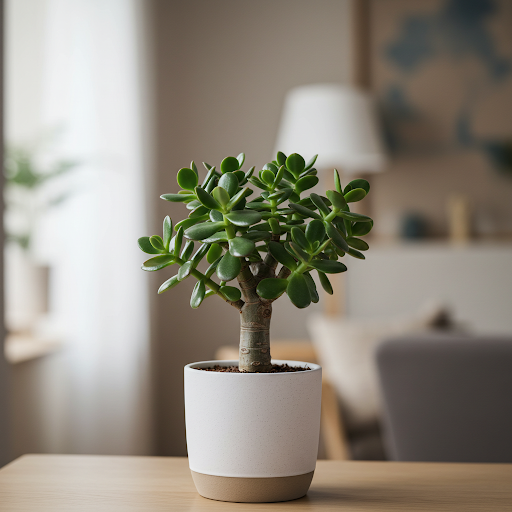
Jade Plant
In Summary:
Growing a Jade Plant indoors is a rewarding and straightforward way to add a touch of greenery and positive symbolism to your home. Its resilience, low-water needs, and easy propagation make it an excellent choice for plant lovers of all levels. By providing bright sunlight, well-draining cactus or succulent mix in a terracotta pot, and watering sparingly only when the soil is completely dry, you can easily cultivate a thriving Jade Plant “money tree” indoors and enjoy its beauty and enduring presence for many years to come.
For more detailed botanical information and to explore the fascinating world of Crassula succulents, you can visit the Wikipedia page on Crassula ovata.
Important Note: Jade Plants are considered mildly toxic if ingested due to crassulacean acid metabolism compounds, which can cause mild stomach upset if consumed in large quantities. Keep them out of reach of children and pets who may be tempted to chew on the leaves.
20T
By greenship|2024-08-13T06:42:22+00:00August 13, 2024|Categories: Hand-carving Series|
Planter 6 in W / 8 in W / 12 in W Indoor or Outdoor Plants, Modern Decorative Plant Pots with Drainage Hole, Decorative Flower Pots
By greenship-seo|2025-02-06T13:43:53+00:00January 16, 2025|Categories: Hand-carving Series|Tags: Decorative Flower Pots|
k2-21G
By greenship|2024-08-13T06:17:26+00:00August 13, 2024|Categories: Hand-carving Series|
K2-11T
By greenship|2024-08-13T04:21:25+00:00August 13, 2024|Categories: Hand-carving Series|
11THD
By greenship|2024-08-13T02:52:20+00:00August 13, 2024|Categories: Hand-carving Series|
Modern Plant Pots丨Planter for Indoor Plants,8 inch or 10 inch Plant Pots with Drainage Hole,Decorative Flower Pots
By greenship-seo|2025-04-10T08:32:55+00:00January 7, 2025|Categories: Hand-carving Series|Tags: Decorative Flower Pots, Self-Watering Pots|

